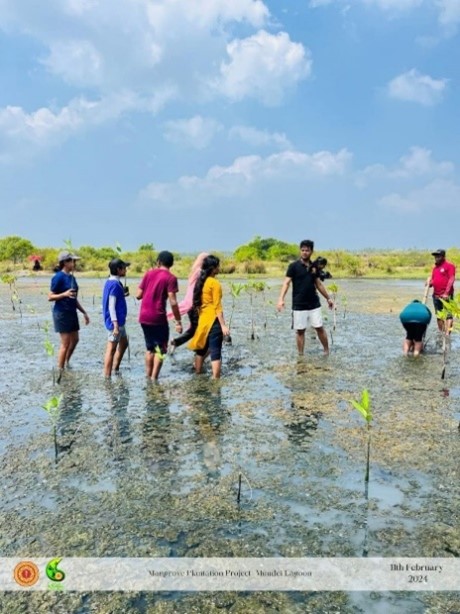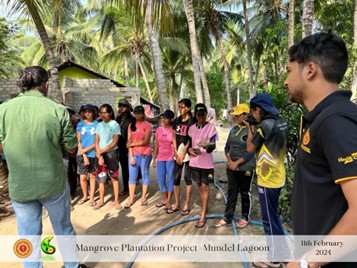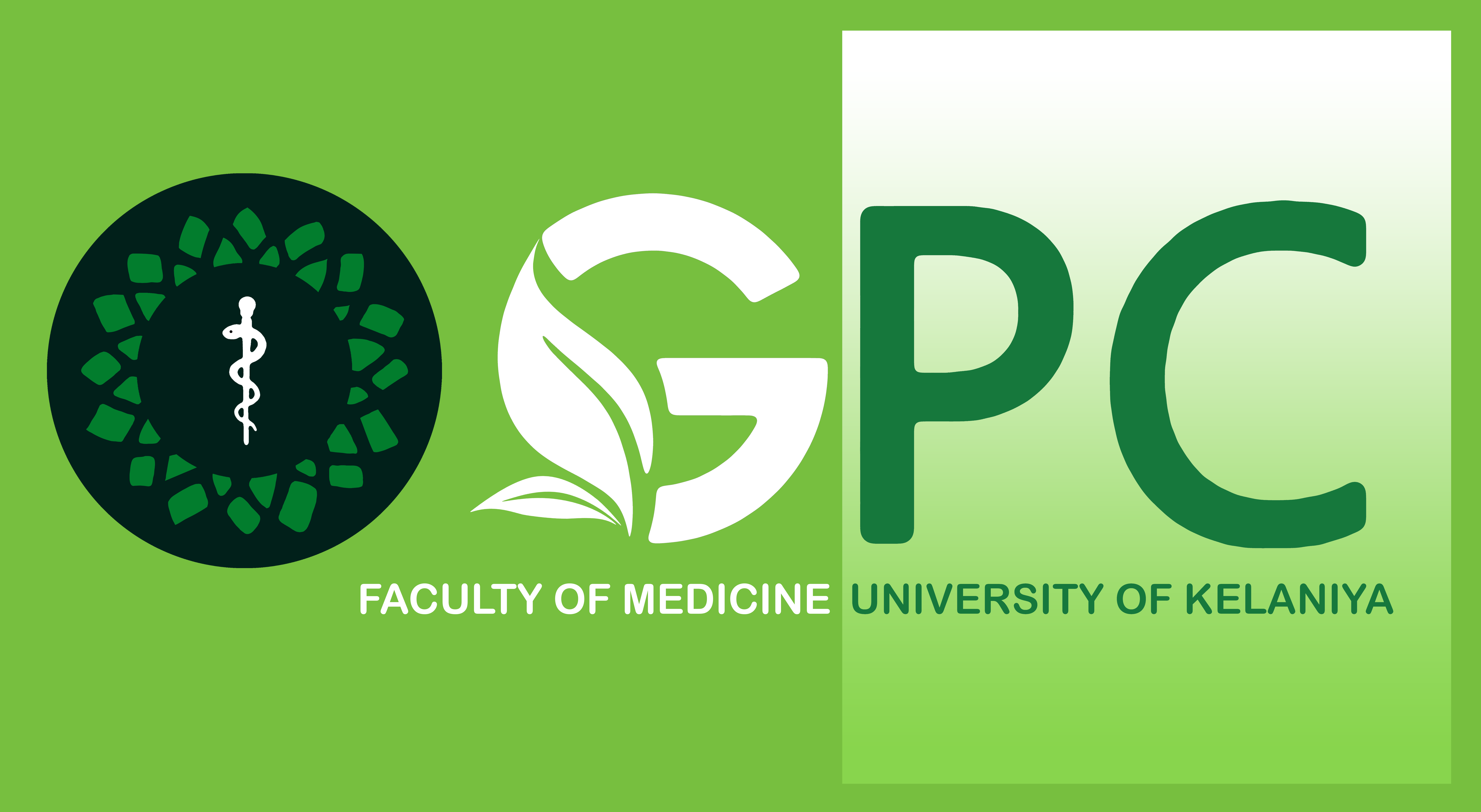11th February 2024
Mangrove forests are strong and vital parts of nature. They are found along tropical and subtropical coasts and help protect the environment. These forests remind us of the deep connections within nature and the importance of preserving them.
Sri Lanka is home to many mangrove areas, including the Rekawa mangrove forest, Pambala-Chilaw area, Madu Ganga estuary, Negombo lagoon and Koggala Lake. There are 14 species of true mangroves and 12 associated species types that grow with them. The largest mangrove areas are in Puttalam and Kalpitiya, near estuaries. There are also smaller, dense mangrove areas in the southern, southwestern and northeastern parts of the country, such as the Koggala, Kalamatiya, and Kokilai lagoons. Common mangrove trees in Sri Lanka include Rhizophora mucronata (Kadol), Bruguiera gymnorhiza (Malkadol, Sirikanda) and Sonneratia caseolaris (Kirilla).
To celebrate World Wetlands Day, the Green Society of the Faculty of Medicine, University of Kelaniya, organized a special mangrove planting and awareness program on 11th February 2024 at the Puttalam Lagoon. As part of this program, 150,000 native mangrove plants were planted to expand the size of the forest, support local wildlife and provide long-term benefits to nearby communities. More than 50 university students took part in the event, where they planted over 200 Maha Kadol (Rhizophora mucronata) plants, showing their support for protecting the environment and saving biodiversity.
Mangrove roots help trap sediment and filter polluted water, which makes improve the water quality aquatic life and people. These trees also help fight climate change by storing large amounts of carbon dioxide from the atmosphere.
The main message of this event was to highlight how important mangroves are to nature, people and the economy, while reminding everyone that we must protect and restore them before it is too late.



